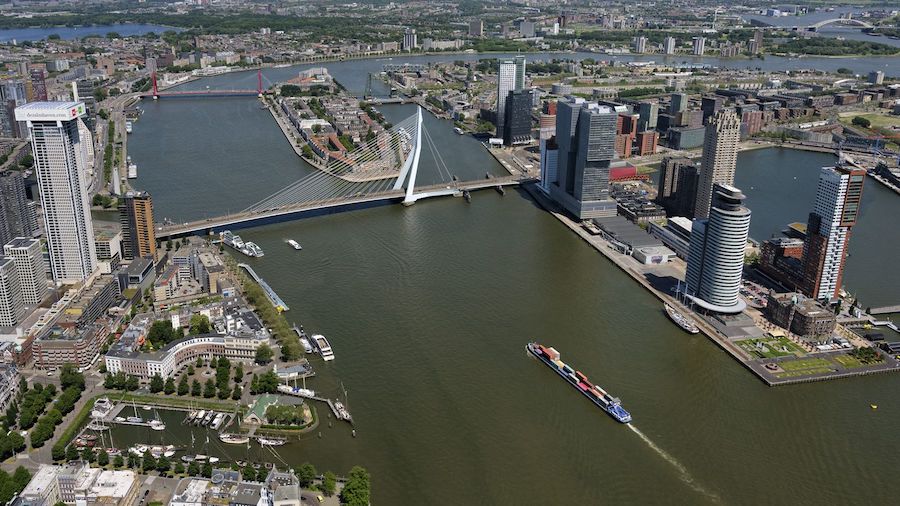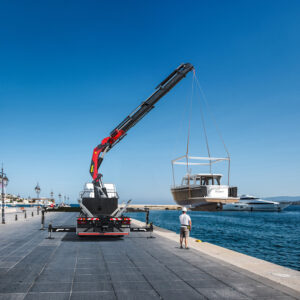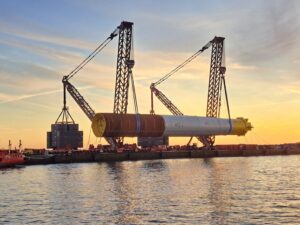The conflict in Ukraine has prompted the European Union and other bodies to impose a number of sanctions on Russia. The extensive import of energy (crude oil, oil products, LNG, coal) is not (yet) affected by sanctions, but the export and transhipment of containers in particular suffers from the uncertainty caused by the conflict and the sanctions.
Of the roughly 470 million tons transshipped through the port of Rotterdam, 62 million tons are oriented towards Russia (13%). Large amounts of energy carriers are imported from Russia via the port of Rotterdam. Currently this comes to roughly 30% of Russian crude oil, 25% of LNG, and 20% of oil products and coal. Russia exports products such as steel, copper, aluminium and nickel via Rotterdam. This is not yet covered by the trade restrictions announced by the European Union. It is currently unknown what the developments in Ukraine will mean for these flows in the coming period.
Barely 10% of Rotterdam’s container transport is linked to Russia. The European Union has prohibited the export of a number of goods that can be used for both civilian and military purposes (dual use). That means container cargo with Russia as its destination will receive extra Customs inspections. The uncertainty (what exactly is covered by the sanctions, how quickly will Customs release containers for export, how is the conflict developing, how big are the payment risks etc.) means that various container terminals and shipping companies have decided not to accept or handle any containers with destination Russia at the moment.
The imposed sanctions, combined with their unknown impact on day-to-day operations or the development of the situation in the coming days, is causing uncertainties for many businesses. As a result, companies will also make individual choices on how to handle Russian cargo, as several container terminals and shipping companies have already done. Nato/the American armed forces have had agreements with one company in the port of Rotterdam for decades covering the transport of defence materials. These materials are regularly transferred via the port. It is possible that there will be more transports of defence materials in the short term.






